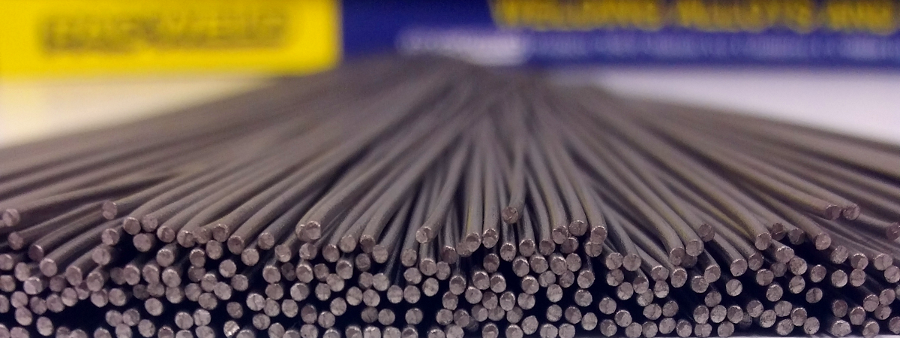AWS A5.16 ERTi-23

AWS A5.16 ERTi-23
Grade 23 is comparable in chemical composition to Grade 5, but slightly lower aluminum and lower levels of oxygen and other interstitial elements improve fabricability, weldability, and toughness. Grade 23 is used in many high strength industrial applications such as shafts where very high strength, but better toughness and fabricability than Grade 5 is desired. This grade is often specified for marine and offshore energy production components that are exposed to low temperature seawater due to higher fracture toughness values than Grade 5.
Grade 23 Titanium is a higher-purity (“extra-low interstitial”) version of Grade 5, with lower specified limits on iron and the interstitial elements C and O. It is an alpha-beta alloy. It is used in many high strength industrial applications such as shafts where very high strength, where better toughness and fabricability than Grade 5 is desired. This grade is often specified for marine and offshore energy production components that are exposed to low temperature seawater due to higher fracture toughness values.
ERTi-23 Applications
Grade 23 has been the material of choice for many medical and dental applications due to its excellent biocompatibility. Grade 23 has superior damage tolerance (fracture toughness, fatigue crack growth rate) and better mechanical properties at cryogenic temperatures compared to standard grade 5.
Grade 23 may be considered in any biomedical application, particularly for implantable components, because of its biocompatibility, good fatigue strength, and low modulus. It could also be considered for any application where a combination of high strength, light weight, good corrosion resistance, and high toughness are required, especially at cryogenic temperatures. Some typical applications where this alloy has been used successfully include joint replacements, bone fixation devices, surgical clips, and cryogenic vessels.
ERTi-23 Weldability
Grade 23 can be welded using Grade 23 filler metal. Inert gas shielding techniques must be employed to prevent oxygen pickup and embrittlement in the weld area. Gas tungsten arc welding is the most common welding process for Grade 23. Gas metal arc welding is used for thick sections. Plasma arc welding, spot welding, electron beam, laser beam, resistance welding and diffusion welding have all been used successfully in Grade 23 welding applications.
For more technical and comprehensive information please reference Carpenter®’s Datasheet on 6-4 ELI
Other ERTi-23 Specifications:
| AMS 4956 6AL4V ELI | 6-4 ELI | 6AL4VELI | AMS 4930 | AMS 4931 | AMS 4998 |
| AMS 4905 | ASTM F620 | ASTM F136 | EN 3.7164 | UNS R56402 |
| Nominal Chemistry Composition (%) | |||||||
|---|---|---|---|---|---|---|---|
| Ti | C | O | N | H | Fe | Al | V |
| BAL | 0.030 max | 0.03-0.11 | 0.012 max | 0.005 max | 0.20 max | 5.5-6.5 | 3.5-4.5 |
| Minimum Mechanical Properties | |
|---|---|
| Tensile Strength (MPa) | 828 |
| Yield Strength (MPa) | 759 |
